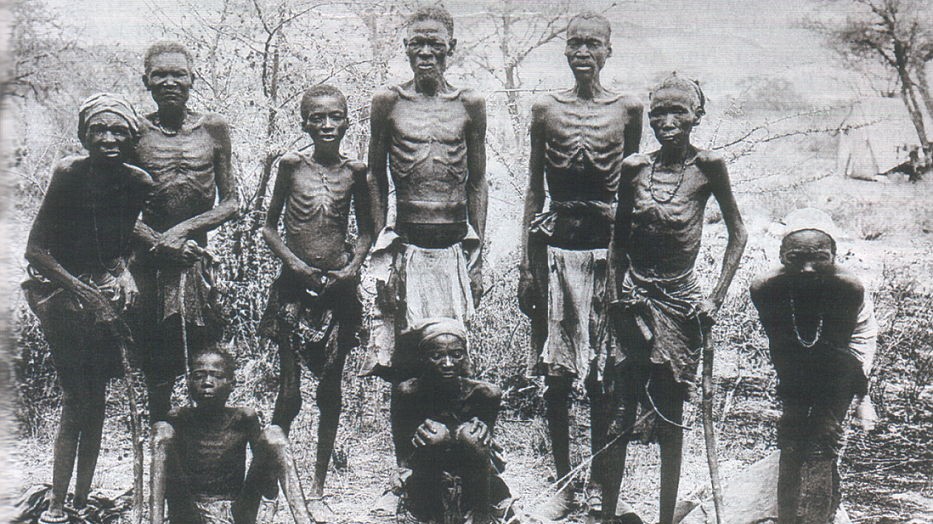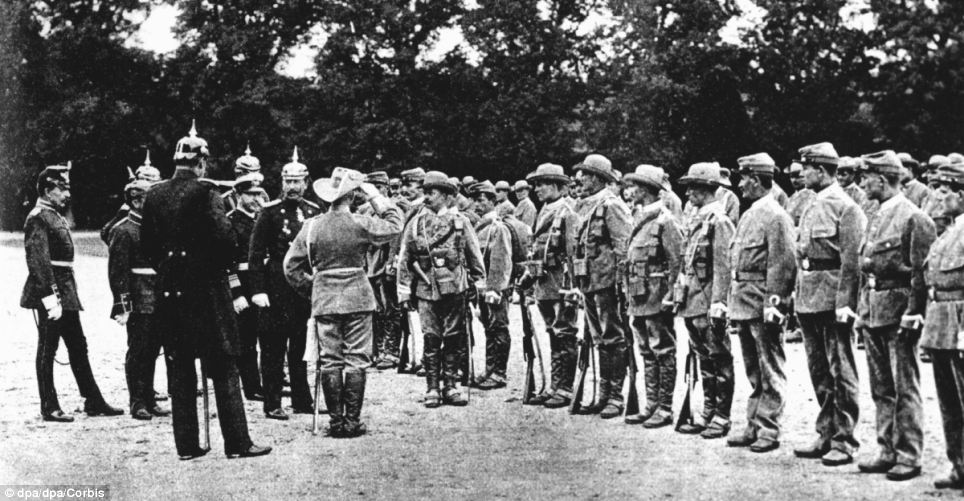Lecture:
In this lecture, we covered the importance of world fairs in the 19th and 20th century and how it contributed to the advancement of society. Before tv or internet, it provided international exposure for technology, commerce, culture and if one could afford they could be let in easily with small price of admission. It was widely reported by the current media. Another huge topic was William Morris and his role as the “father” of the Arts and Crafts movement in the 1850’s. There are numerous inspirations sources for his movement, all of which we’ve already covered in the course and are quite familiar with already. This includes Gothic Celtic designs, the Renaissance, the Rococo, incunabula and codices and Nature.
Research:





While German Colonization had already begun in the late 1600’s, it consisted of very small settlements and it wasn’t until the the late 1800’s that it had resumed when Germany became a major power. During the time period of 1850-1895, colonization was rampant and worldwide there was a scramble for African territories. Germany, in particular started the conquest for modern day Namibia or German South Africa which was under the rule and occupation of the British Imperial Government at the time. This incident is now one of the most well-known. In retaliation, the “Hottentot Uprising” by the indigenous group Nama and their leader occurred. This resulted in the first genocide of the 20th century. Between 24,000-100,000 Namas and 10,000 Hereros were murdered because of their rebellion. Beginning in the 1890’s, more indigenous groups were gradually killed. Examples include the Damara uprising of 1888, Topnaar uprising of 1891, Ovambanderu uprising of 1896, the Grootfontein Baster uprising of 1901, and the Kavango uprising of 1903. The Germans were particular in how they colonized. Comparisons, of course, have been made They did not attempt to re-mold and assimilate its colonial subjects in the way of the French, British and Spanish. While these countries implemented policies that encouraged the spread of their language of culture, the Germans were a bit more PICKY. In an elitist fashion, they restricted the use of their language to a small number higher class colonial subjects. Ironically, the colonies were seen as a nuisance rather than territories that had the potential to be developed and then granted autonomy. Germans probably saw themselves as “too-good” for these settlements as only a small portion of them relocated.
Sources:
Judy’s notes !
http://www.newworldencyclopedia.org/entry/German_colonial_empire
https://www.history.ac.uk/reviews/review/1268
https://www.britannica.com/place/German-South-West-Africa
Scramble for Africa: How the African continent became divided
